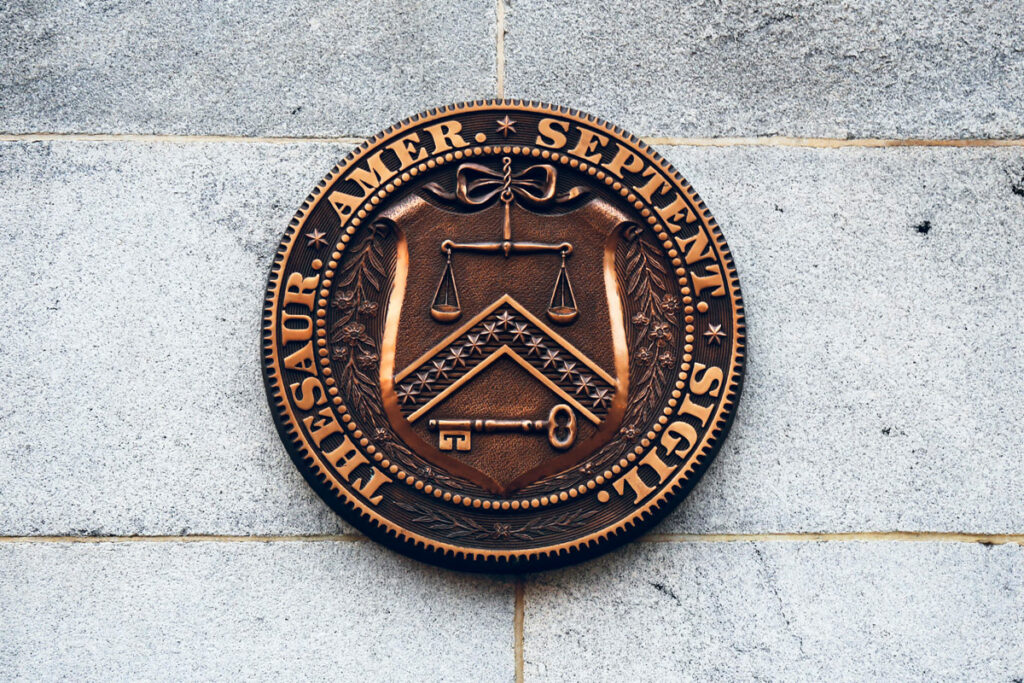Over the past several weeks, we have witnessed an abrupt halting of the United States economy after most of the country was advised to stay home and shelter in place to stop the spread of the Covid-19 pandemic. As a response, the Coronavirus Aid, Relief, and Economic Security (CARES) Act was signed into law. This $2 trillion economic aid package is intended to provide relief to individuals and businesses who are suffering. It contains many tax breaks, as well as opportunities for small business loans.
For Individuals
Below are the top 3 financial benefits for individuals.
- Required minimum distributions (RMDs) from IRAs, 401(k)s, and the like are suspended for 2020. Earlier this year, before the CARES Act was implemented, the RMD rules were relaxed so that distributions are no longer required until age 72 instead of 70 1/2. If you already took your 2020 RMD less than 60 days ago, then the once-per-year rollover rule allows the distribution to be rolled back into the retirement account. If you took the RMD more than 60 days ago, you may still be able to return it by using the Coronavirus-related distribution exception if you, your spouse, or a dependent has been diagnosed with Covid-19, or you have experienced “adverse financial consequences” as a result of the pandemic.
- A stimulus payment provides $2,400 to couples ($1,200 to individuals) with an adjusted gross income of up to $150,000 ($75,000 for singles). Eligible recipients will get these funds via direct deposit if the IRS has your bank information from a tax refund (in 2017 or later) or federal benefit program such as Social Security. This provision has received lots of attention, but high-income folks will likely not benefit due to the qualifying income limits.
- A new above-the-line deduction of up to $300 for Qualified Charitable Contributions made to qualifying charities in 2020. Note that these donations must be made in cash and cannot be used to contribute to a donor-advised fund. In order to claim the deduction, a taxpayer cannot itemize deductions on their Federal return.
For Employers and Small Businesses
The CARES Act allocates funds towards two programs for small businesses: The Paycheck Protection Program (PPP) and the Employee Retention Credit. These two programs are mutually exclusive–you can’t take advantage of both.
The Employee Retention Credit is 50% of wages paid to each employee, up to a maximum of $10,000 of wages per employee. Thus, the maximum credit is $5,000 per employee. The Employee Retention Credit may be more appropriate than the PPP for businesses who employ low-paid workers.
The PPP is a powerful program that offers forgivable loans to small businesses suffering due to Covid-19. Any small business in existence as of February 15, 2020, with 500 or fewer employees is eligible, as are self-employed individuals and independent contractors. Apply through your business bank, which will coordinate with the SBA to provide your documents and, if you’re accepted, fund the loan.
Loans offered through the PPP are equal to 2.5 times the average monthly payroll costs for your company in 2019, up to a maximum of $10 million. Payroll costs include compensation, vacation pay, medical leave, payment of any retirement benefit, and payment for group health care benefits, including insurance. However, the following payroll costs are not eligible for the PPP loan calculation: Any compensation (for an employee or owner) over $100,000, compensation for employees living outside of the United States, and payroll and income taxes.
To qualify for loan forgiveness, you must use at least 75% of the proceeds for payroll costs; the remainder can be spent on rent, utilities, and mortgage payments. Provide the lender with proof of your expenses during the 8 weeks following origination of the loan. The amount forgiven will be excluded from taxable income. If the loan is not forgiven, you may still get a sweet benefit; repayment is over two years at an interest rate of 1%, with an automatic 6-month deferral on the first payment.
To apply, contact your business bank, complete an application, and provide proof that your company was operating with salaried employees for whom you paid payroll taxes on February 15, 2020. Required documentation includes proof of your 2019 average monthly payroll costs or, if your business is new, payroll for the first two months of 2020. There is a separate form for independent contractors and self-employed individuals. The application period runs through June 30, 2020, but since $349 billion allocated to this program will be distributed on a first-come first serve basis, apply early.
The CARES Act also allows employers and self-employed individuals to defer payment of their share of the Social Security tax on wages from March 27 to December 31, 2020. Deferred taxes will be paid as follows: 50% due December 31, 2021, and the remaining 50% due on December 31, 2022.
For more information on the small business opportunities in the CARES Act, see the U.S. Senate Committee on Small Business and Entrepreneurship’s “Small Business Owner’s Guide to the CARES Act.” PDF.





